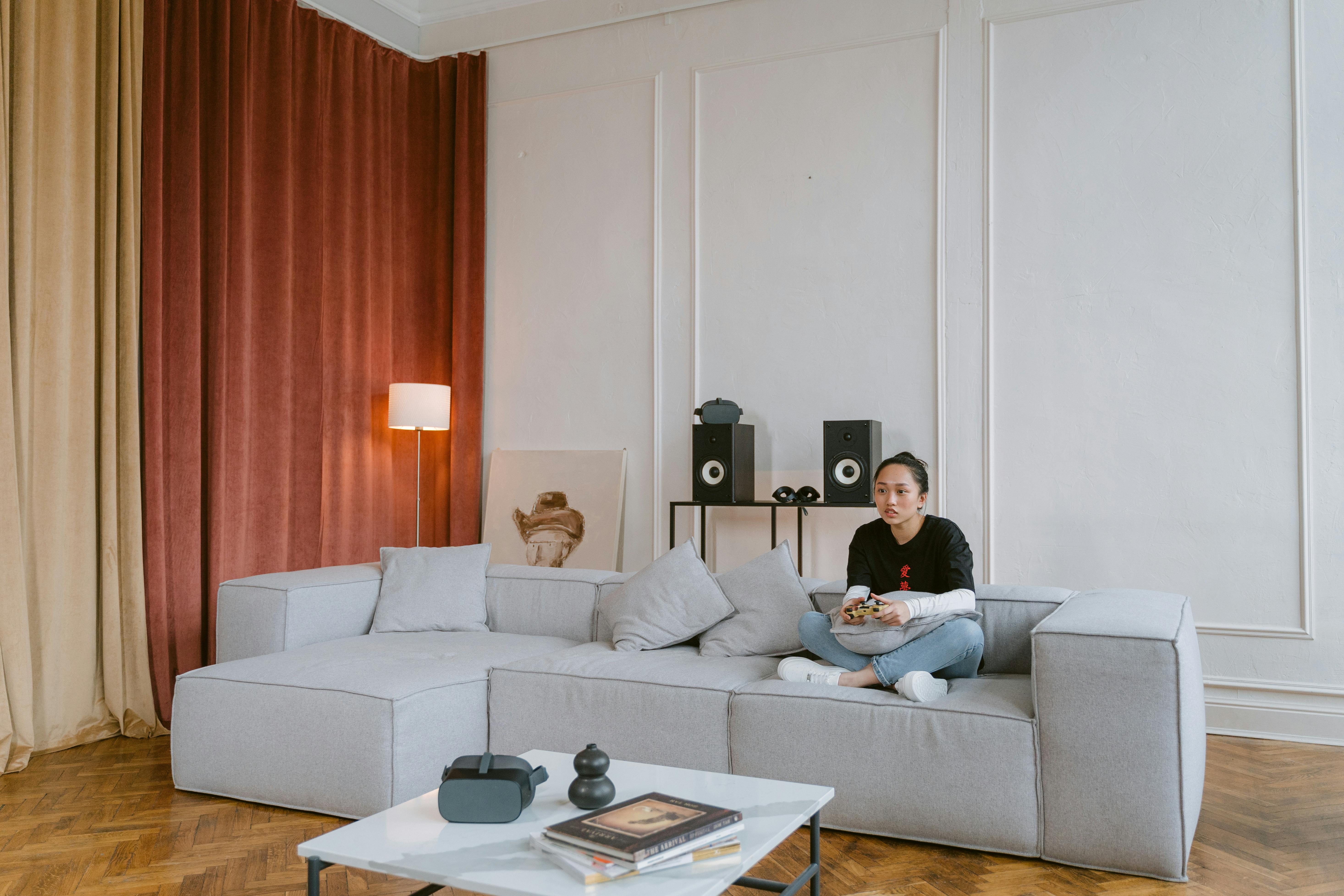Creating a great user experience depends not only on design elements, but also on user perception, user requirements, and overall user expectations. Despite the high degree of user involvement in making the user experience (UX) remarkable and enjoyable, many organizations ignore user involvement in UX design.
User experience from the user’s perspective
The first time a user visits a website to search for products or services, whether on their desktop or smartphone, they feel comfort and ease of use within seconds of their visit. The first impression could captivate them. However, it could also overpower and frustrate them. The user experience is what defines and establishes the effectiveness of a website in terms of its value, ease of use and level of pleasure regarding the experience. A great user experience shows a positive response
The way a user behaves on a particular website may not necessarily be similar to the way another user behaves. However, there are some behavioral commonalities that are generally denoted by their user experience. This suggests that user experience is a factor that is governed by user perception to a large extent.
UX professionals are responsible for delivering a supreme browsing experience by focusing on the specific needs of the user. The effort should be to create a simple but striking design. Good design conventions are not yet widely adopted and implemented by organizations, as they do not fully understand all facets of the ultimate user experience.
Collaboration and cohesion between various fields such as content developers, graphic designers, customer service, and the product and development team ensures that all stakeholders are on the same page and share a common understanding. This orchestration makes each team strive to create an effective user experience. (1)
Focus on user requirements
An important factor that facilitates the user’s browsing experience is the ability of the design to meet their unique needs and task completion. A design may look great from the designer’s perspective, but may not be useful from the user’s point of view. The best design conventions seek to bridge the gap between the perception of the designer and that of the user. The goal should be to move towards a pragmatic, business-oriented, user-centric, and context-based approach.
User research is an area that some organizations might not support, especially in scenarios governed by rapid product release (agile process). The scrum process does not assign importance to UX designers. Agile teams ignore user research on design and concepts due to a lack of time and resources, an aversion to working with users, and an inability to conduct design research. This leads to the development of a product whose true value has not been established from the user’s perspective. (2) The result is a poor UX with poor business value generation.
User research can speed up the design process because the data can help refine, refine, and make informed decisions. Proven information can bridge the gap between the opposing arguments of designers and other stakeholders about a contested design element. Leaving the responsibility of choosing a design element to users is more valuable.
design research
The process of adding meaning to design through evaluation and observation is at the core of design research. Implemented through various stages of the design process, design research aims to achieve the best design solution for the most acceptable and superior user experience. User research and user testing are two branches of design research. User research is carried out before and during the design stage. User tests are used after the completion of the design.
Who will use the design and what is the context of use in terms of task completion?
Answering these questions leads to design effectiveness because they take into account the perspective and behavior of the user. Design research can be qualitative or quantitative. The basic focus is the context of the investigation and the applicability of the technique to the particular design. (3)
The design team analyzes the research data and derives action-oriented results through storyboards, mental models, etc. It helps to understand user information, skill level, motivation, and belief systems of users. The techniques used could be the interview, contextual investigation, a questionnaire, card sorting and task analysis. Usability testing reveals the actual interaction of users with the system because what users may feel sometimes differs from what they actually do. (4)
A prototype can be used for usability/user testing through various research techniques. Guerrilla research is conducted on the spot with users or through remote investigations in which users participate through online interaction. The convenience factor is higher in remote research. (5)
Conclusion
Involving users in the design process requires recruiting the right audience, having participants sign confidentiality agreements, and getting approval from senior management to involve an outside source. Design research through user research and usability testing helps UX professionals make informed decisions and overcome the fear of design failure to a great extent.
References
(4) Karr, Ashley. “The user experience without the user is not the user experience.” November 24, 2014. Website interaction. March 11, 2015
(1,2) Loranger, Hoa. “UX without user research is not UX.” August 10, 2014. Neilsen Norman Group website. March 15, 2015
(3, 5) Maier, Andrew. “Complete Beginner’s Guide to Design Research”. June 01, 2010. UX booth website. March 11, 2015
